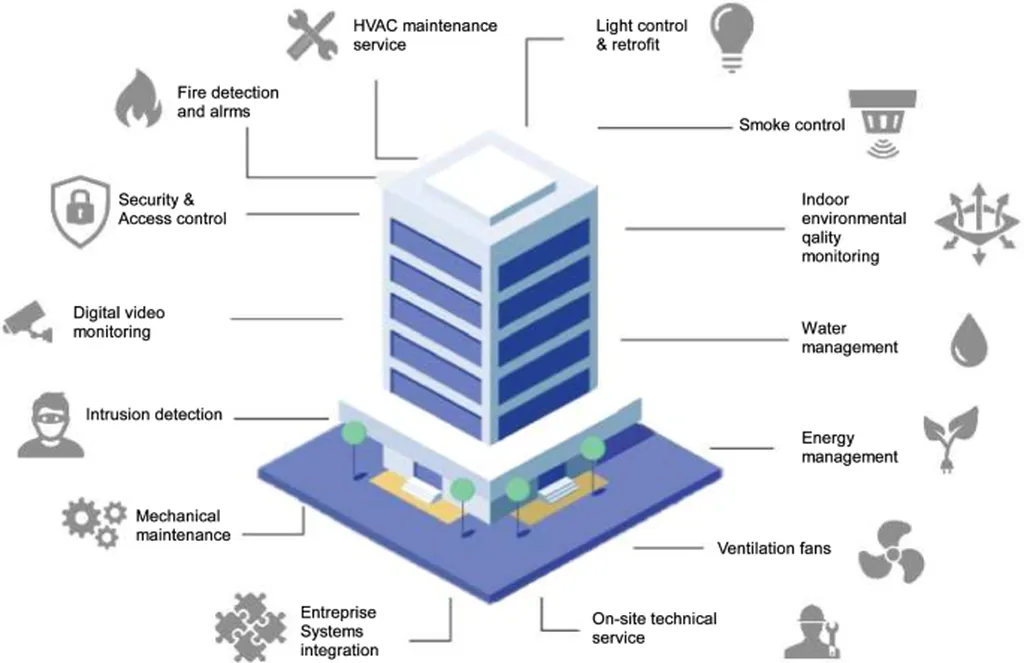In the rapidly evolving world of smart buildings and IoT technologies, education is playing catch-up to keep pace with industry demands. A recent study published in the journal *Computers* (translated from Polish) offers a compelling solution to bridge this gap, integrating design thinking and simulation tools into engineering education. The research, led by Andrzej Ożadowicz from the Department of Power Electronics and Energy Control Systems at AGH University of Krakow, demonstrates how computer-assisted learning can revolutionize the way future engineers approach smart building systems.
The study focuses on a master’s-level course in Smart Building Systems, where students were tasked with designing user-oriented smart spaces using a blend of virtual modeling, digital collaboration, and contextualized spatial design. The pedagogical framework combines simulation-based prototyping with collaborative and spatial design tools, all underpinned by design thinking principles. This approach allows students to experiment with complex IoT and building automation ecosystems in a risk-free, iterative environment.
“By integrating simulation and visualization platforms, we observed a significant enhancement in students’ technical competencies, creativity, and engagement,” Ożadowicz explains. “The ability to visualize and interact with their designs in a virtual environment fosters a deeper understanding of the systems they are creating.”
The implications for the energy sector are substantial. As smart buildings become increasingly prevalent, the demand for engineers who can design and implement these systems grows. Traditional education methods often fall short in providing the practical, system-level design skills required. This research highlights how computer-assisted learning can fill that void, preparing students for the hybrid workflows of contemporary engineering practice.
The study also identified areas for improvement, particularly in supporting group and creative student work. As Ożadowicz notes, “While the framework shows great promise, there is always room for enhancement. Future iterations could focus on optimizing support for collaborative and creative projects, ensuring that students are well-equipped to tackle the complex challenges of the energy sector.”
The modular and scalable structure of the proposed framework makes it applicable across various IoT- and automation-focused curricula. This adaptability is crucial in an industry that is constantly evolving. By aligning academic training with the needs of the energy sector, this research could shape the future of engineering education, ensuring that the next generation of engineers is ready to meet the demands of smart building technologies.
As the energy sector continues to embrace smart technologies, the integration of design thinking and simulation tools in education will be pivotal. This research not only enhances the learning experience for students but also ensures that they are well-prepared to contribute to the development of sustainable and efficient smart building systems. The study, published in *Computers*, offers a blueprint for educational institutions to follow, paving the way for a more innovative and skilled workforce in the energy sector.

